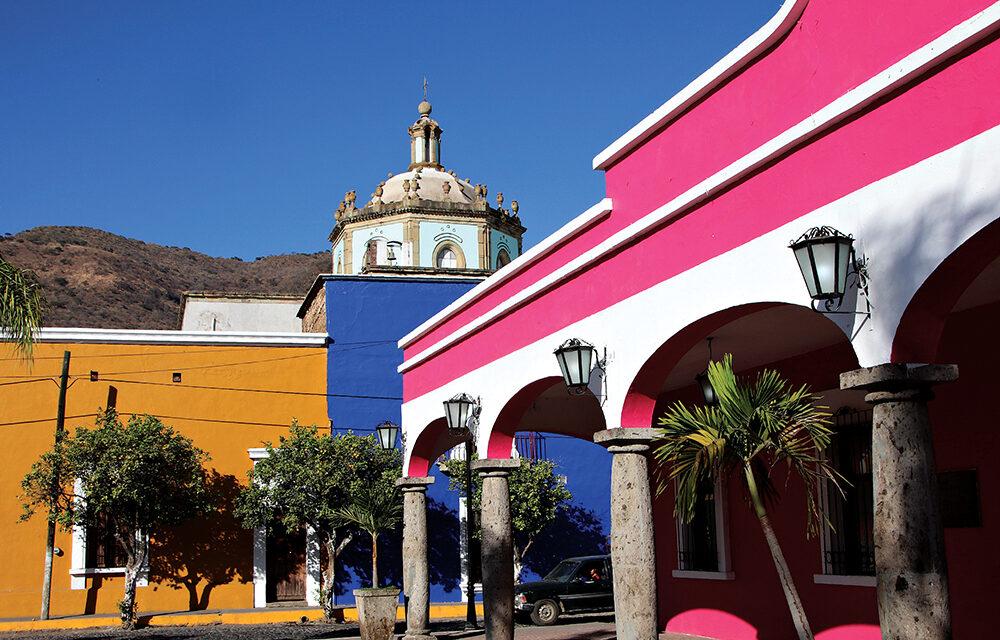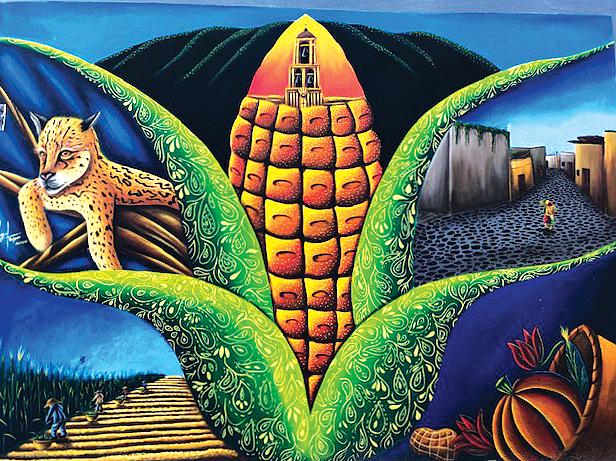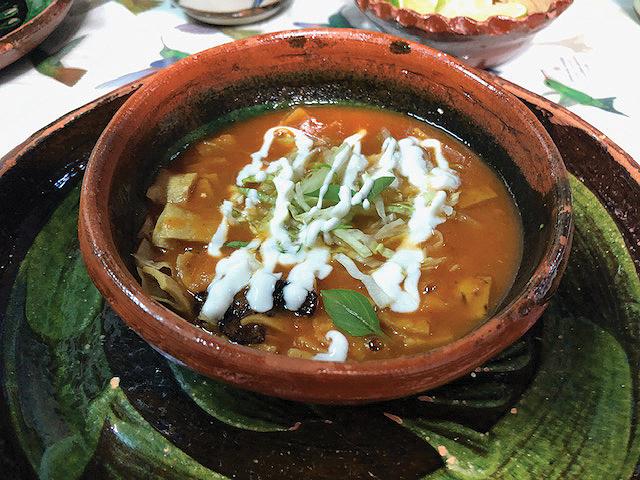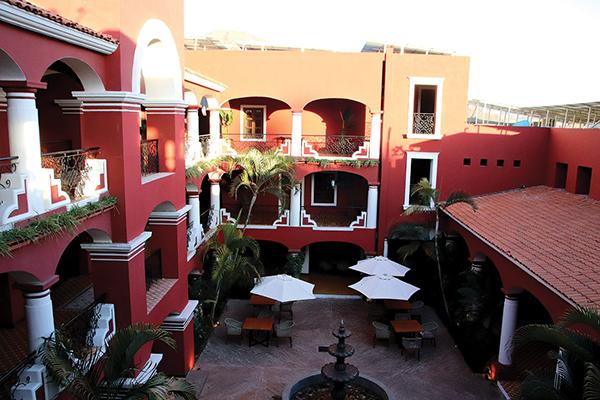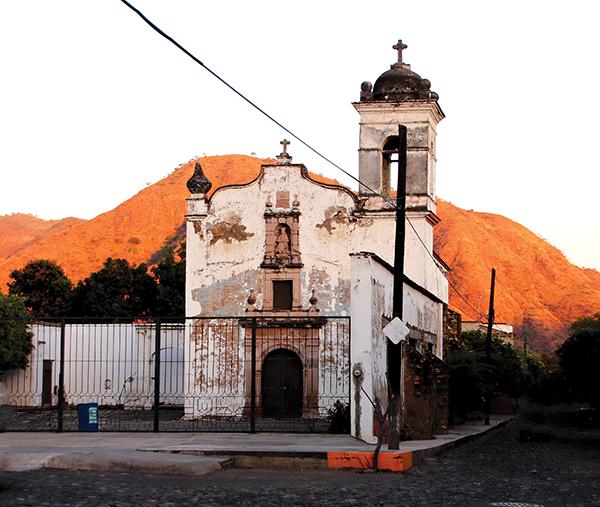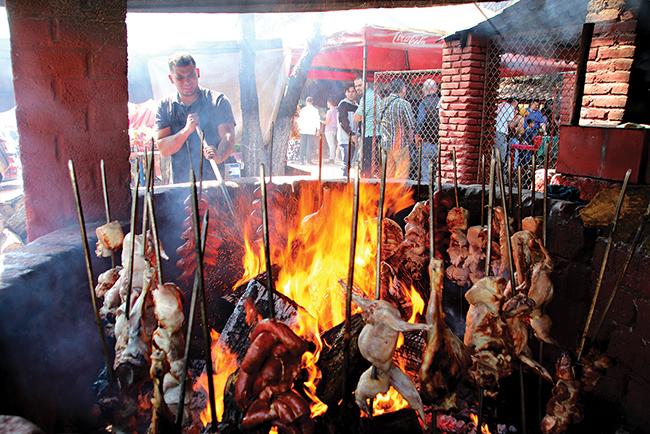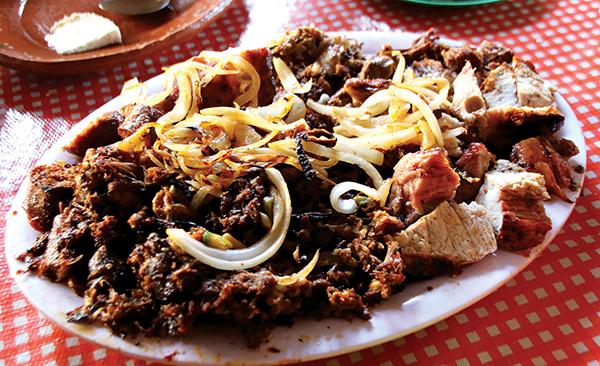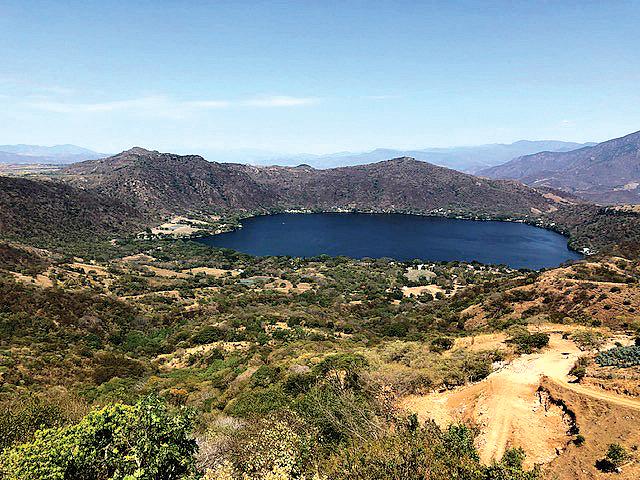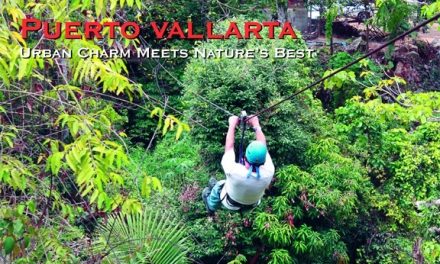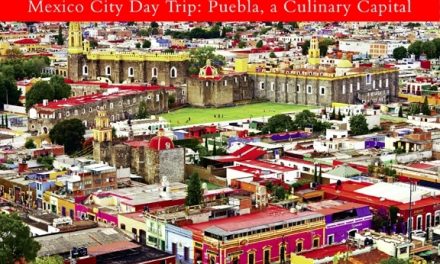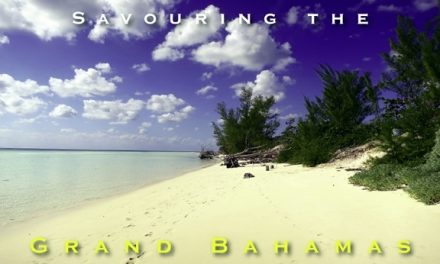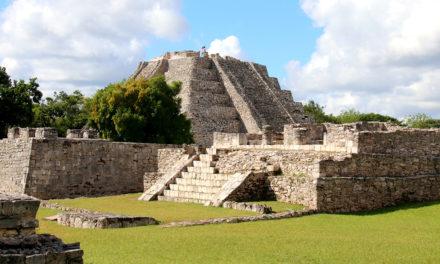Mexico
The Other Side of Nayarit, Mexico
Article and photography by Steve Gillick
Ruth Pinedo de Anda, the co-owner of El Itacate (‘To Go’), brimmed with enthusiasm as we entered her restaurant in Jomulco and marveled at the traditional décor. Historically, Jomulco was the home of the field hands, who worked down the road in Jala, where the landowners lived. And no matter which direction you look, the Sierra Madre Mountains frame the horizon.
This is a side of Nayarit that visitors don’t often see. For years, many travelers thought of Puerto Vallarta in the state of Jalisco and Nuevo Vallarta in the state of Nayarit as one large beach and resort zone. In July 2022, Nuevo Vallarta officially became known as Nuevo Nayarit to formally confirm its separate identity.
However, the towns and resorts along the Bay of Bandaras had already established themselves as landmarks of Nayarit: Bucerias, Punta de Mita, Isla Marietas, Sayulita, San Francisco (a.k.a. San Pancho), and San Blas, And each destination embraced a following of those seeking their own perfect holiday of beaches, luxury, chilling out, nature, whale watching, birding, partying, gastronomy and culture.
But turning inland at San Blas and taking the new Autopista Tepic-San Blas leads to new Nayarit encounters.
At El Itacate in Jomulco, we enjoyed a refreshing glass of Tamarind water and then a sumptuous bowl of Sopa Tarasca, made with pinto beans, local cheese, tortilla, garlic, guajillo chile, cream, and lettuce. This was followed by a platter of tostadas with spicy beef and vegetables, rice, peas, carrots, and re-fried beans. It was a tasty, traditional country meal, complemented by smiling service in a rustic ‘home’ environment.
Afterward, we drove the short distance to Jala and checked into the Nukari Quinta Boutique Hotel. Nukari is a Nahuatl word, meaning ‘story’, and what a story the building told. It was initially constructed in 1778 by a wealthy landowner family, Los Partida. Over the years, it was transformed into a hotel and then upgraded and opened in 2021 as the Nukari. Inside are the classic features of a Spanish Colonial home, with a central courtyard. White arches and columns are complemented by rustic red walls and at sunset, they positively glow, along with the surrounding mountains. As an all-suite hotel, the rooms are enormous, with poster beds, comfortable living rooms, and a shower and Jacuzzi in the bathroom.
The rooftop bar and restaurant of the hotel provide great views of the tower and green cupola of the Basilica Lateranense, the main landmark in the town. And a walk just outside the hotel on the cobblestone streets leads to Jala’s oldest building, the Iglesia de la Concepción, built in 1582.
Jala is one of Nayarit’s four Magic Towns (Pueblos Mágicos), recognized for embodying magical qualities. These can include beauty, natural wonders, history, culture, folklore, traditions, cuisine, warm hospitality, and more. Coincidentally, we arrived on February 17, and that evening a celebratory parade in the downtown area marked the anniversary of Jala’s Magic Town designation. The other Magic Towns in Nayarit include Sayulita, Mexcaltitan, and Compostela.
Jala is the home of the annual Feria del Elote (Corn Festival) that coincides with the August 15th celebration of the Virgin of the Assumption, associated with the Basilica. In fact, Jala produces the largest cobs of corn in the world, some of which reach a length of 20 inches (50.3 cm).
And Jala is also famous for the ‘Black Giant’ that looms over the town. Ceboruco is a 2280-meter (7480 feet) high, active stratovolcano that last erupted in 1870. Driving to the Ceboruco sign and the steaming fumaroles takes about 45 minutes. On the way, the road leads past a popular weekend breakfast/brunch outdoor buffet restaurant, El Rincon Del Campesino: Sabores del Campo (A corner of the farmer’s field: Flavours of the Hills), where guests help themselves to heaping portions of cactus salad, re-fried beans, local cheese, spicy guacamole, grilled beef, and delicious stews of potato, chicken and pork, as well as zucchini-pumpkin, tomato, corn, and onion. Hand-made Gorditas de Sal (small thick corn tortillas) soak up the juices.
On the narrow, winding, grassy road leading to the volcano, stray cows slowly meander out of the way in a dry desert landscape dotted with agave fields. At the colorful Ceboruco sign, white steam pours out of the natural vents, making for dramatic photos. And those with time and water bottles can take the paths to explore the area, including the crater.
As the sun set back in Jala, the dull beige mountains turned a bright reddish gold. A walk around town revealed the vivid colours of the public buildings and houses: pink, blue, yellow, red, green, and orange. And every street ended with amazing mountain vistas.
Dinner that evening was at Mirabel Cenaduría, just around the corner from the Basilica. It was filled with local families enjoying a Saturday night get-together of traditional, local dishes. And the portions were enormous! The Pozole Pollo, a rich Mexican broth made with chicken, chili, onion, cumin, garlic, and cabbage, was absolutely delicious. The Tamales Rajas, corn dough filled with meat, beans, roasted peppers, and cheese, was thick and hearty, and the large cup of Horchata, a creamy sweet rice drink flavored with cinnamon, was certainly more than enough to complete the meal.
After dinner, a ‘callejoneada’ took place in the square outside the Mercado. This traditional event features a group of musicians walking around, singing, telling stories, and interacting with a giant paper statue.
The following day, food again was the focus as we journeyed to Compostela, another Magic Town. In Santa Maria del Oro, we pulled into a packed parking lot to enjoy Birria at La Sierra. Birria is a Nayarit dish that consists of stewed meats (goat, beef, or lamb). We ordered the ‘sampler’ dish, which also included chorizo, chicken, and pork. The long lineup moved pretty quickly. And while waiting, guests visited the souvenir stand, purchased camote (sweet potato cooked in sugar), visited the fire pit to take in the aroma of the meats grilling on long metal skewers, wandered around the restaurant to chat with the friendly, smiling staff, and sang along with the walk-around singer-guitar-player (Mariachi also originated in Nayarit).
After being seated, tortillas with salsa, onions, and local cheese were served, and then when the steaming platter of Birria arrived, and it was make-your-own taco time. The food was simply delicious!
After a few short afternoon stops at La Laguna, the Crater Lake, and the historic downtown area of Compostela, we followed the Autopista 2 hours back to Nuevo Nayarit.
In a chat with Juan Enrique Suárez Del Real Tostado, Nayarit’s Minister of Tourism, he described the state as “the jewel of Mexico”. Suárez listed volcanoes, waterfalls, beaches, migratory birds, culture, gastronomy, and Magic Towns, concluding, “You put all these things together, and you have Nayarit”.
Interacting with ‘the other side’ of Nayarit was an energizing, colorful, photogenic, delicious, and meaningful travel experience. It certainly provided a great reason to return!

